Dragon
On a "hikiyama" float at the Hida Takayama Spring Festival, Gifu Prefecture, Japan.
On a "hikiyama" float at the Hida Takayama Spring Festival, Gifu Prefecture, Japan.
Among the tall buildings in the Shiodome area of Tokyo. At center in the distance, the WINS Shiodome building - a facility of the Japan Racing Association for off-track betting on horse races. Beyond it, the brown and green René Partile Shiodome apartment complex [prices start at about USD $2400/month for a 700 sq ft apartment - $350 more a month for a parking space for your car]. At right, the triangular Park Hotel Tokyo building.
From early August through December 2016, I have released over 2000 photographs, many of which have never before been published. Below is a partial list of subjects and some examples. Be sure to visit galleries.intsysint.com to browse all of the available images.
The massive shrine complex at Toshogu, where the Tokugawa shogun, Ieyasu, is enshrined and entombed is a World Heritage site. It was originally built in 1617 during Japan's Edo period and lies at the edge of the mountain town of Nikko in Tochigi Prefecture, also famous for its autumn leaf viewing.
Of particular interest is Yomeimon [陽明門] Gate, one of Japan's official "National Treasures". Yomeimon is a two-storied sangen-ikko [三間一戸] gate with a hipped roof on all sides and gables in every direction. Yomeimon has copper-tile roofing and more than 500 carvings of historical anecdotes, children at play, wise men, dragons, and more.
My high-resolution image of Yomeimon measures 15,487 x 13,004 pixels and can be printed large enough to see every detail of the gate. Here is a preview of the full image with the area highlighted by the red box shown in the image below it - click on the lower detail image to view a somewhat larger version.

The photos just published include many close-ups of the amazing sculptures that cover Yomeimon and other structures in Toshogu and other shrines in the area.
There are also images from so-called "Oku Nikko" ["inner Nikko"] in the mountains above the city including Senjogahara [戦場ヶ原, "battlefield moor"], lakes Yunoko [湯の湖] and Chuzenji [中禅寺湖], and waterfalls Yudaki [湯滝] and Ryuzu [竜頭滝, "dragon head"].
Here's a small gallery - to see them all, visit http://galleries.intsysint.com/Japan/Nikko/.
With more than 500 sculptures covering its surface, Yomeimon is also called "higurashi" gate - meaning there is so much to see you can stare at it until sundown.
The three monkeys in this carving in Toshogu Shrine embody the proverb "see no evil, hear no evil, speak no evil".
The three monkeys are Mizaru, covering his eyes, who sees no evil; Kikazaru, covering his ears, who hears no evil; and Iwazaru, covering his mouth, who speaks no evil.
The wise monkeys are one of eight panels at Toshogu Shrine carved by Hidari Jingoro.
The Shinkyo [神橋, "sacred bridge"] ]spans the river between the town of Nikko and the nearby shrines and temples, and technically belongs to Futarasan Shrine. The bridge is ranked as one of Japan's three finest bridges.
The current Shinkyo was constructed in 1636, but a bridge of some kind had marked the same spot for much longer.
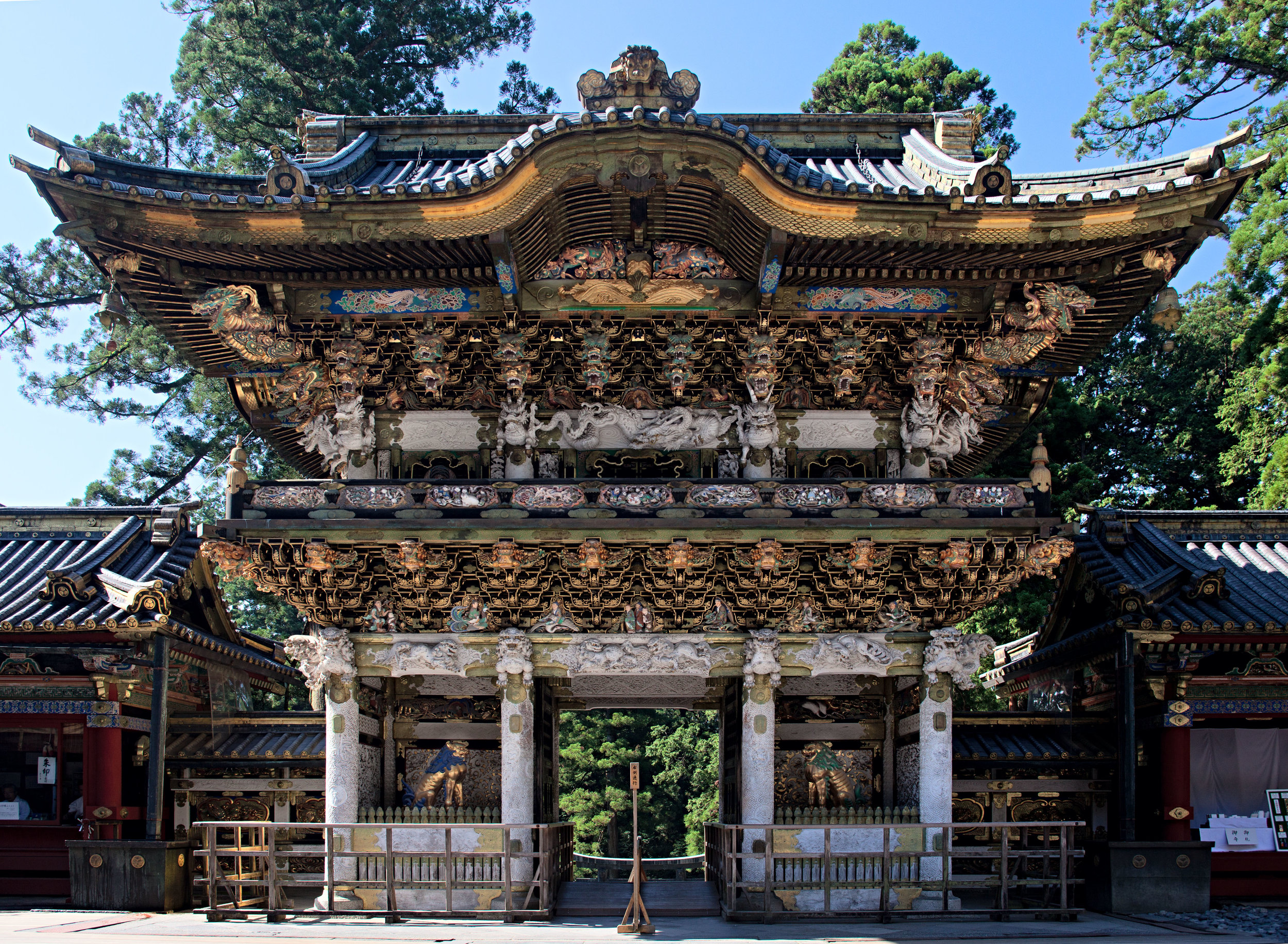
![Three Wise Monkeys [三匹の猿]](https://images.squarespace-cdn.com/content/v1/5005dbf284aebe9f4d09d4f5/1482945366134-0FVIWTBDG7L0RGH4IKFN/0324-_112C-2169.jpg)
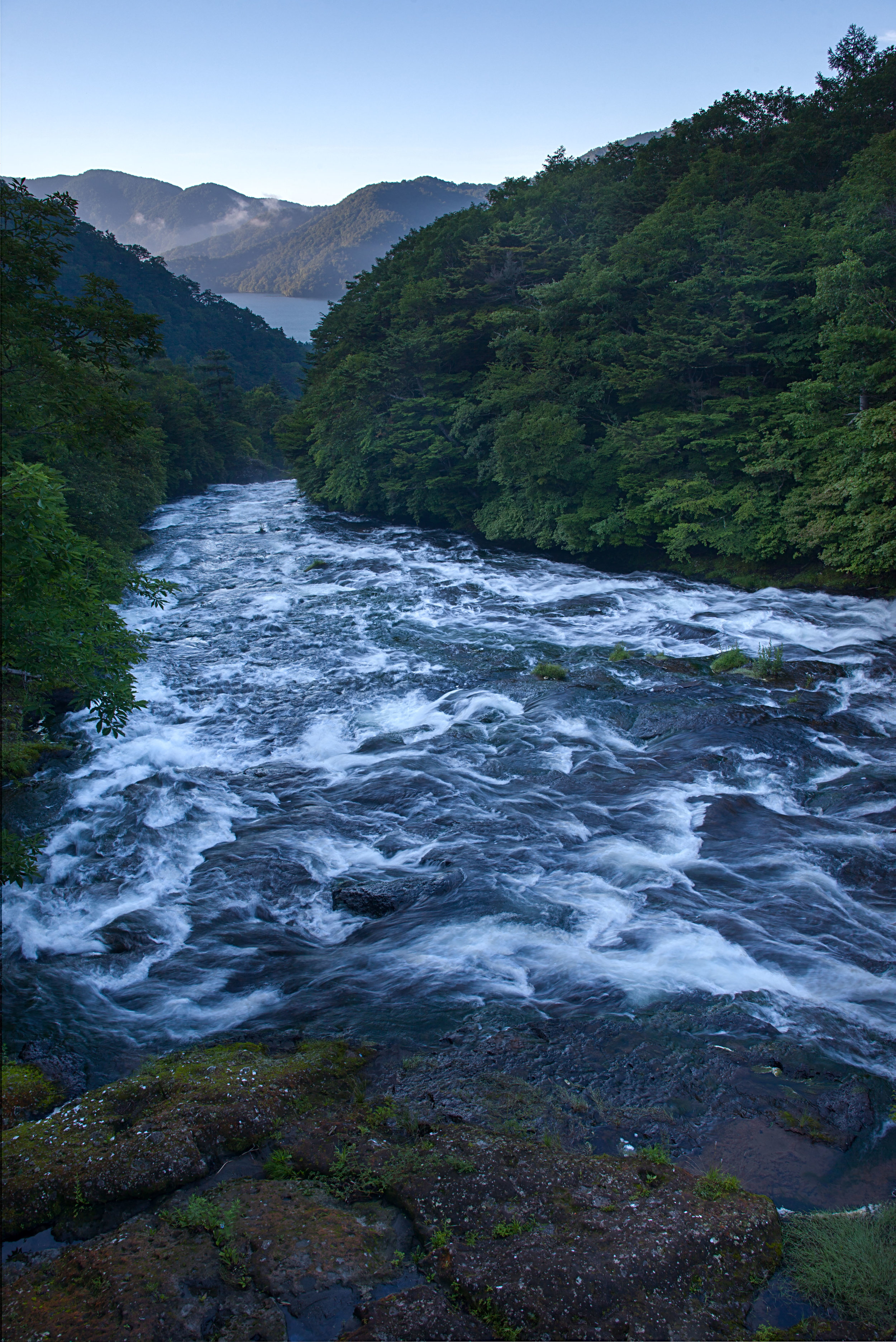
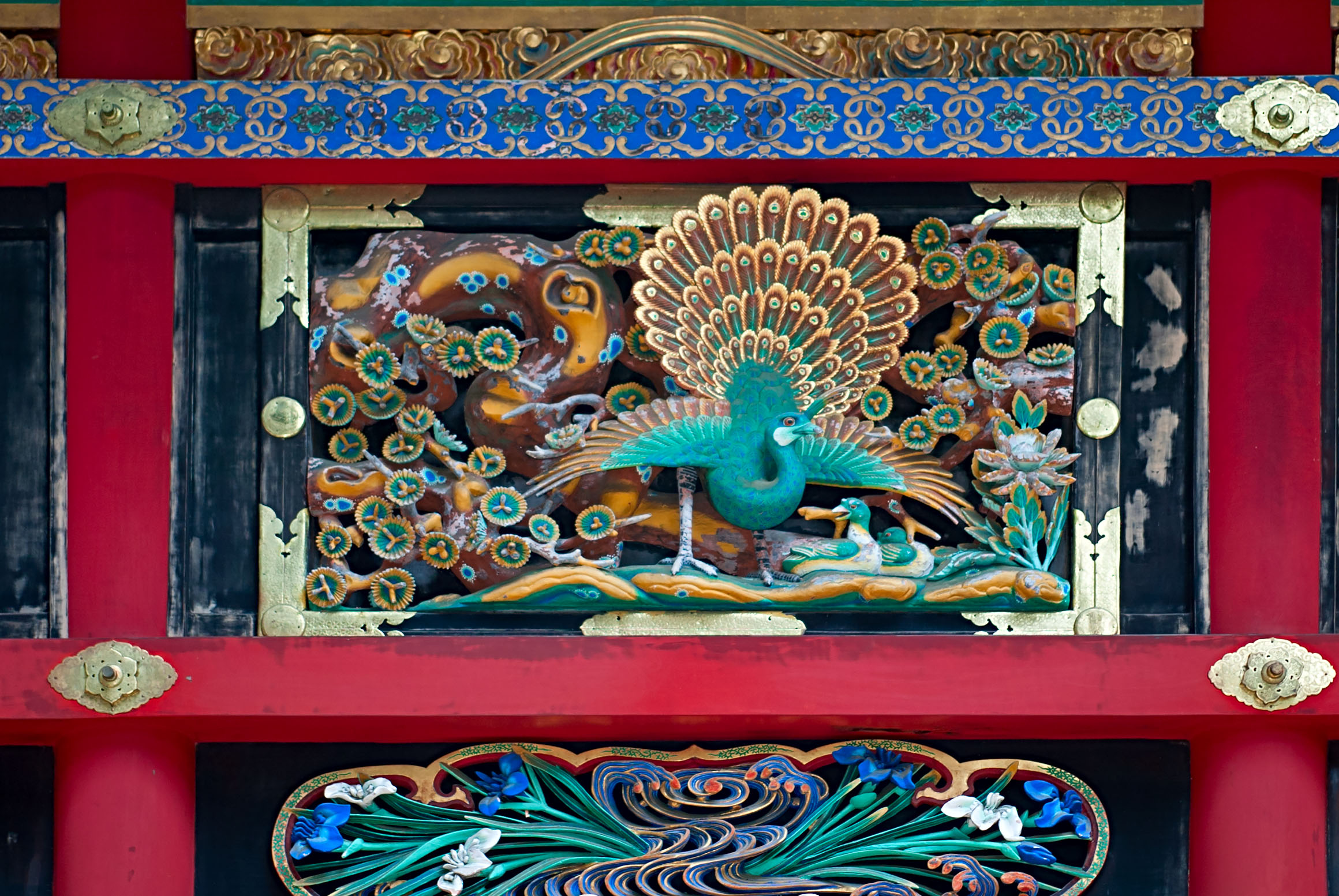
![Shinkyo bridge [神橋]](https://images.squarespace-cdn.com/content/v1/5005dbf284aebe9f4d09d4f5/1482945878772-ACE5NIJU5C1GLUHSNQ7T/1044-5D-0645-0647.jpg)
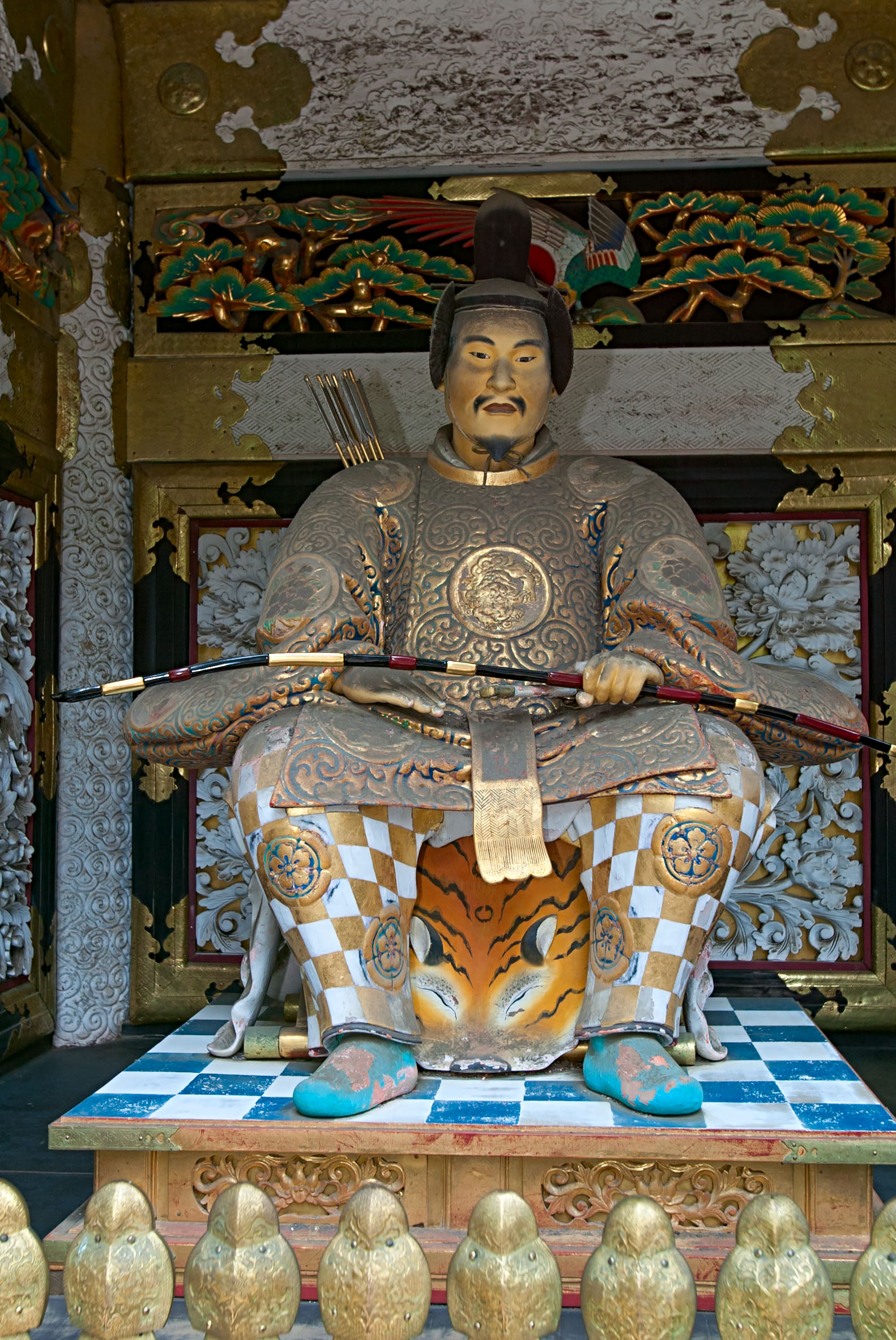
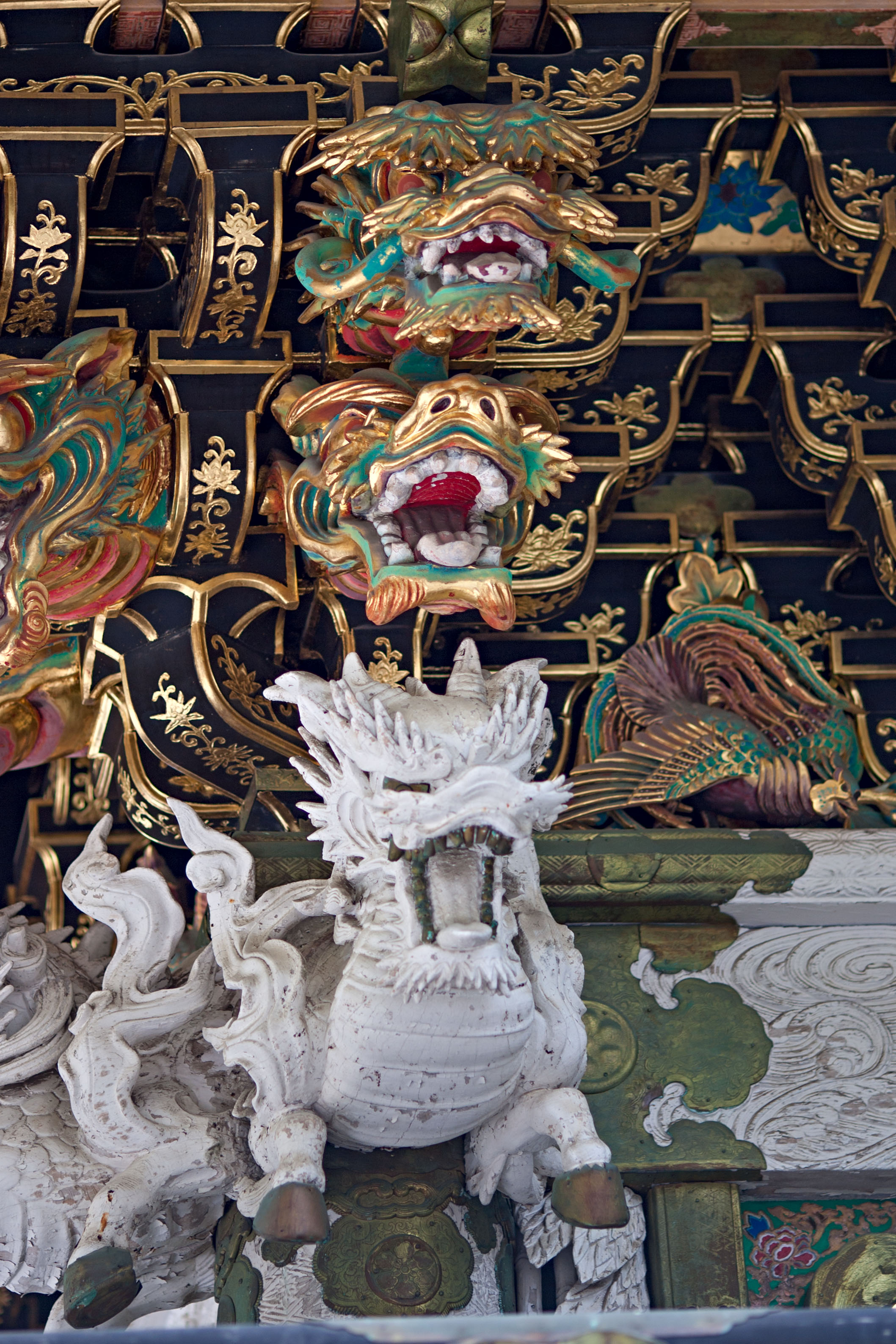
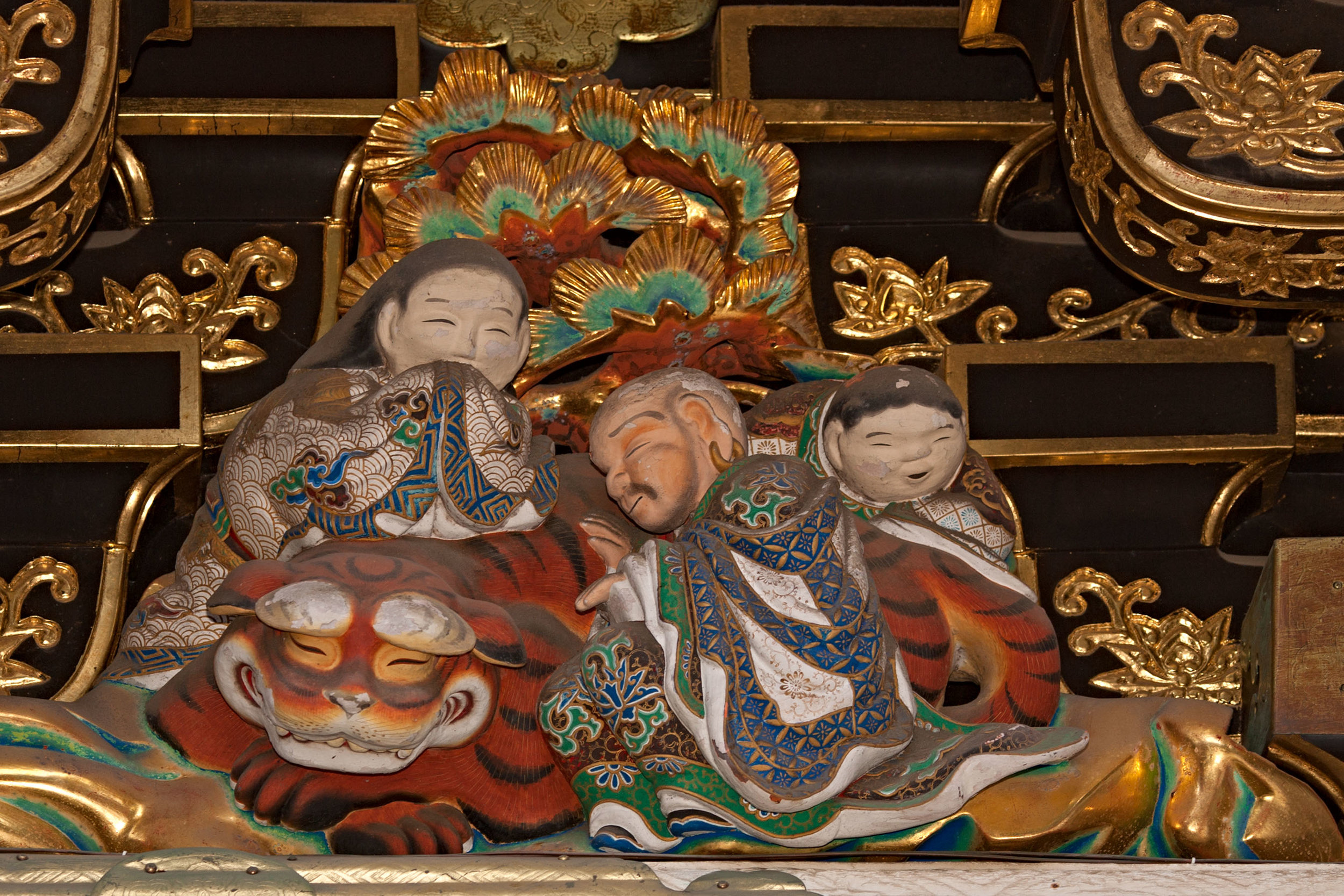
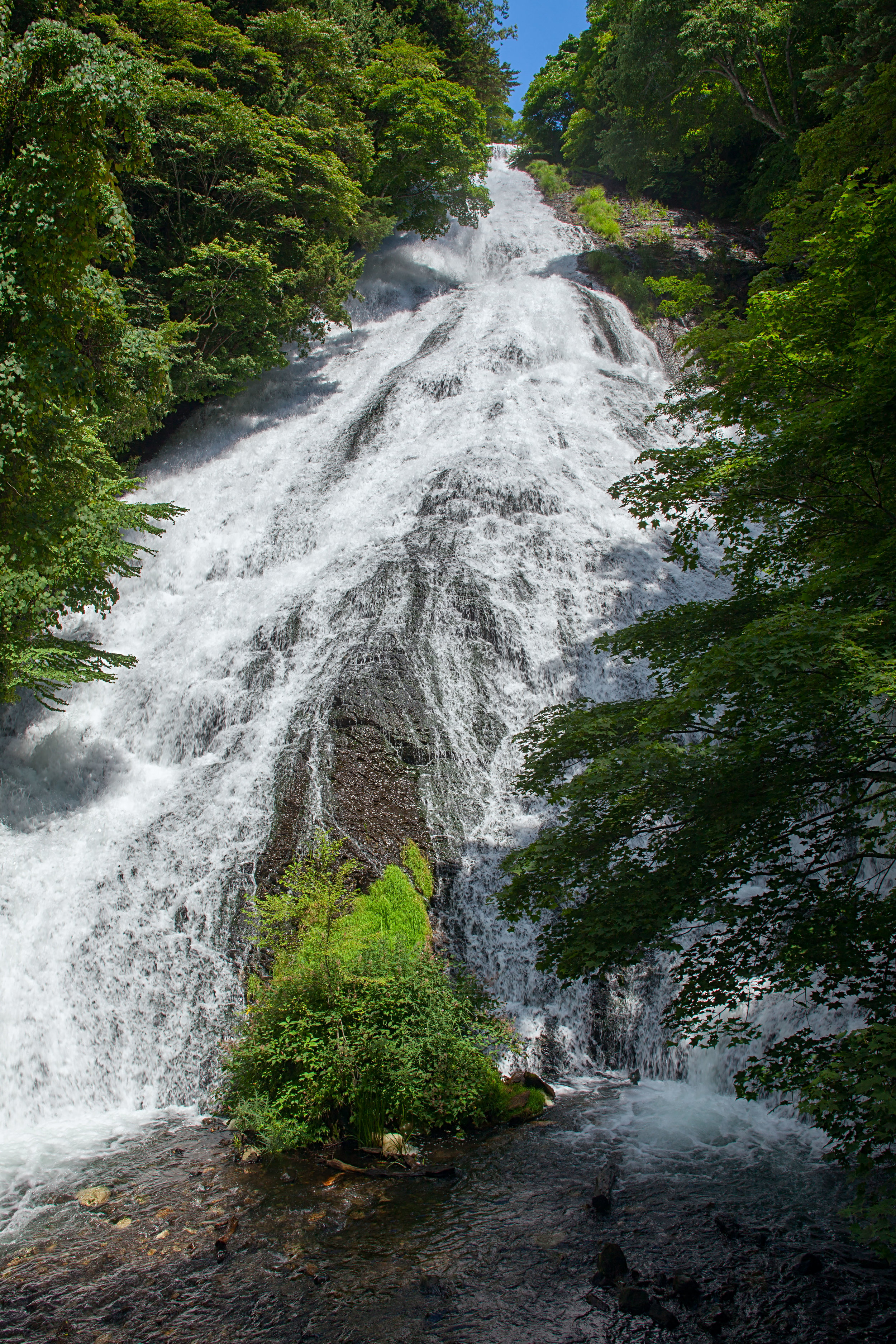
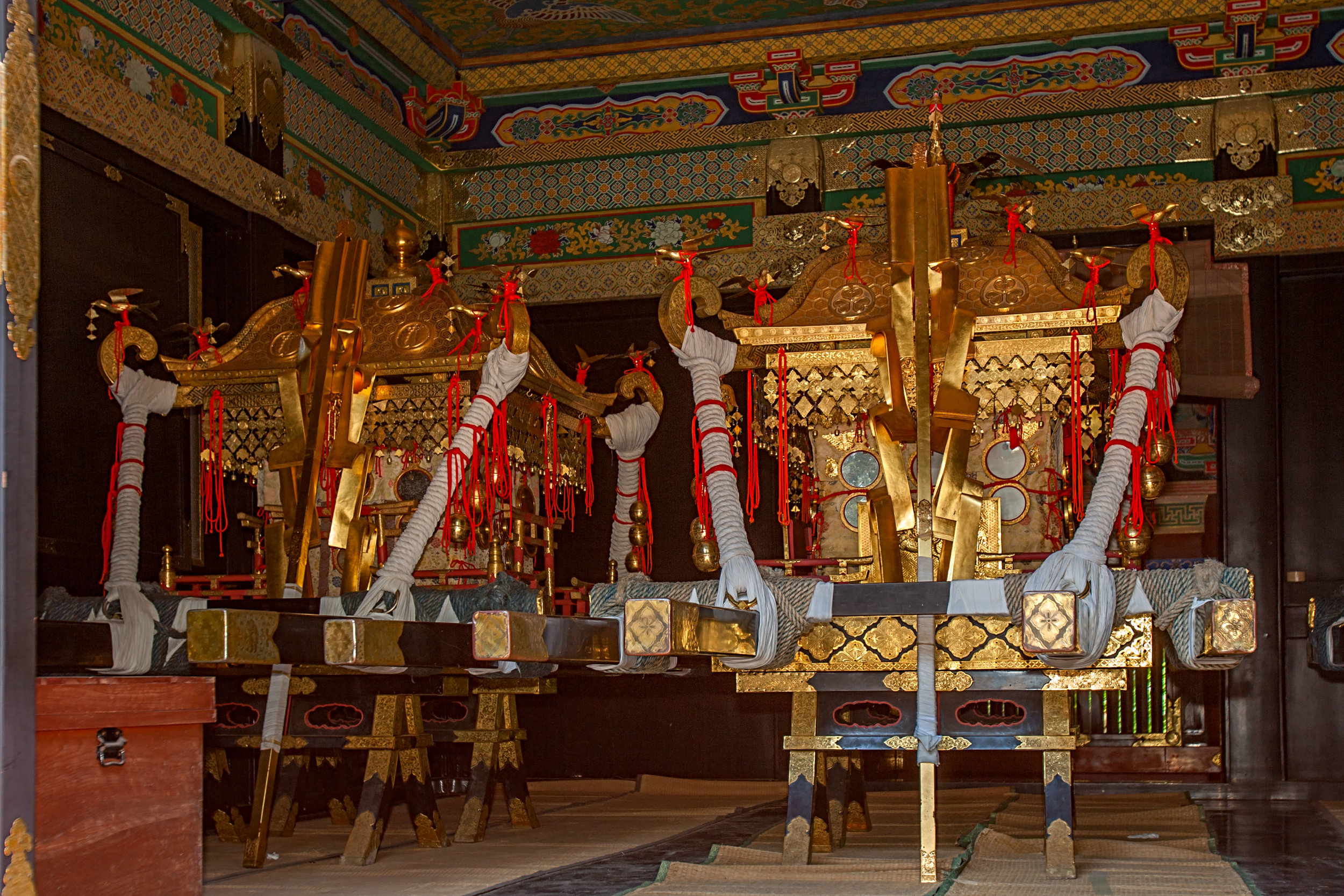
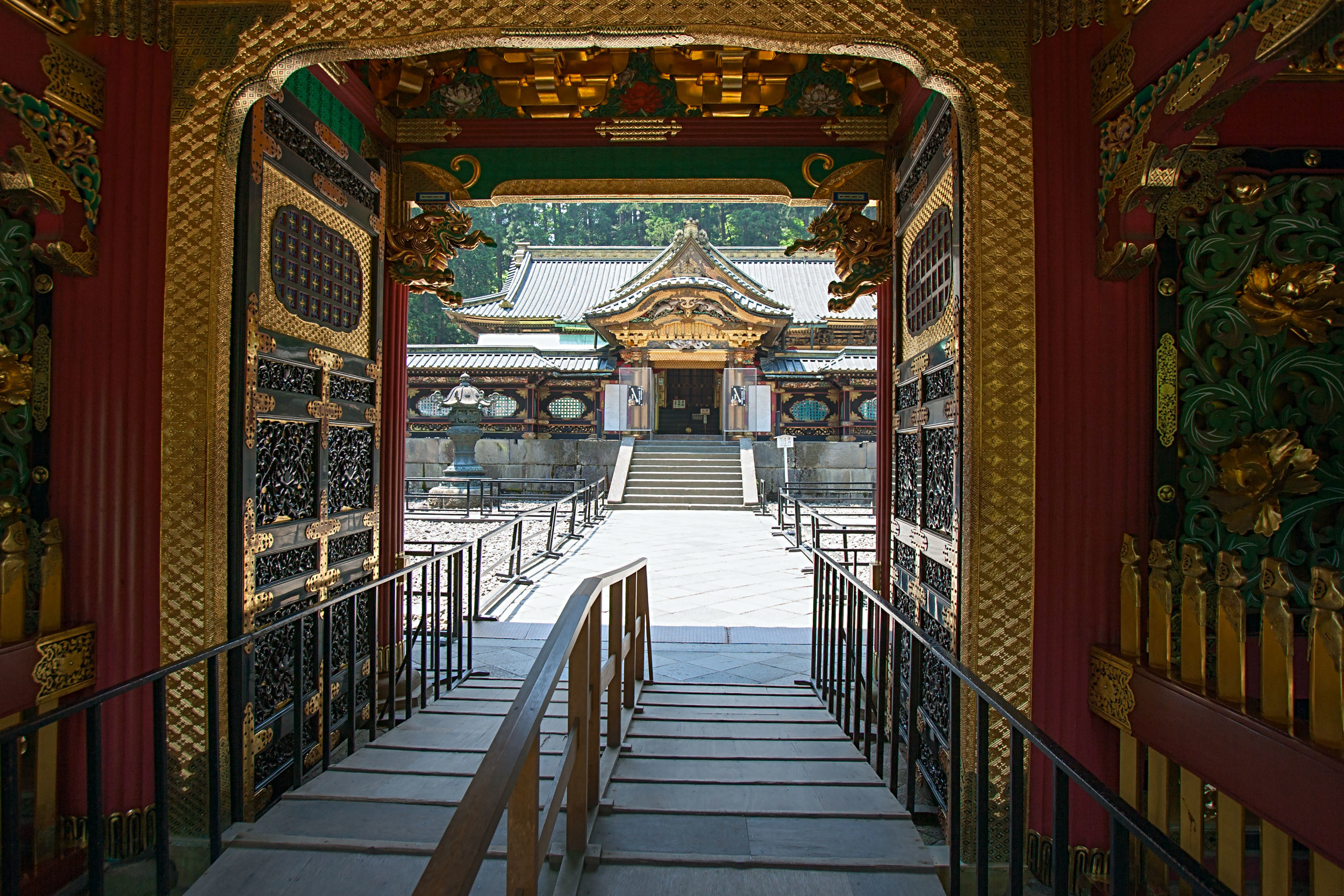
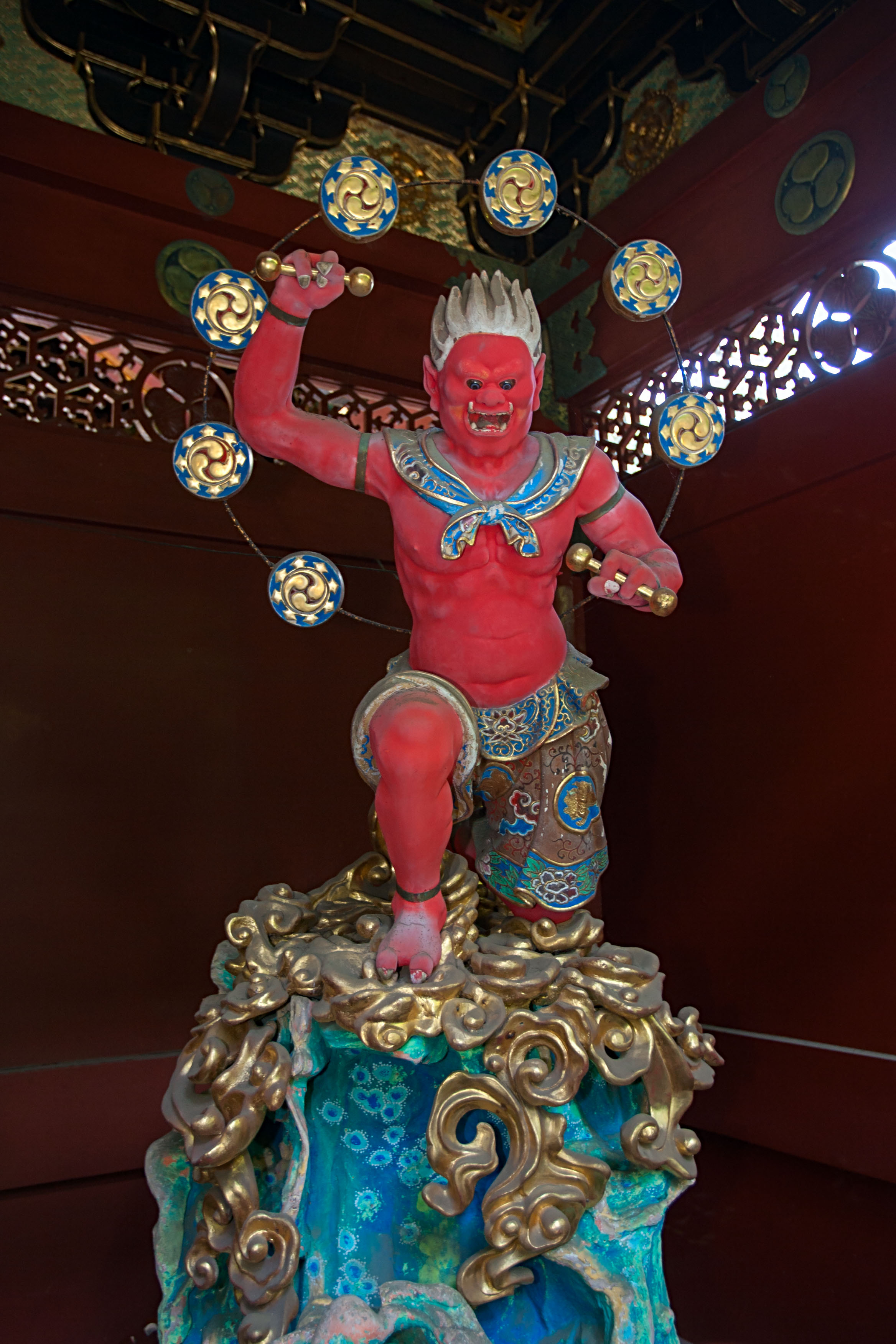

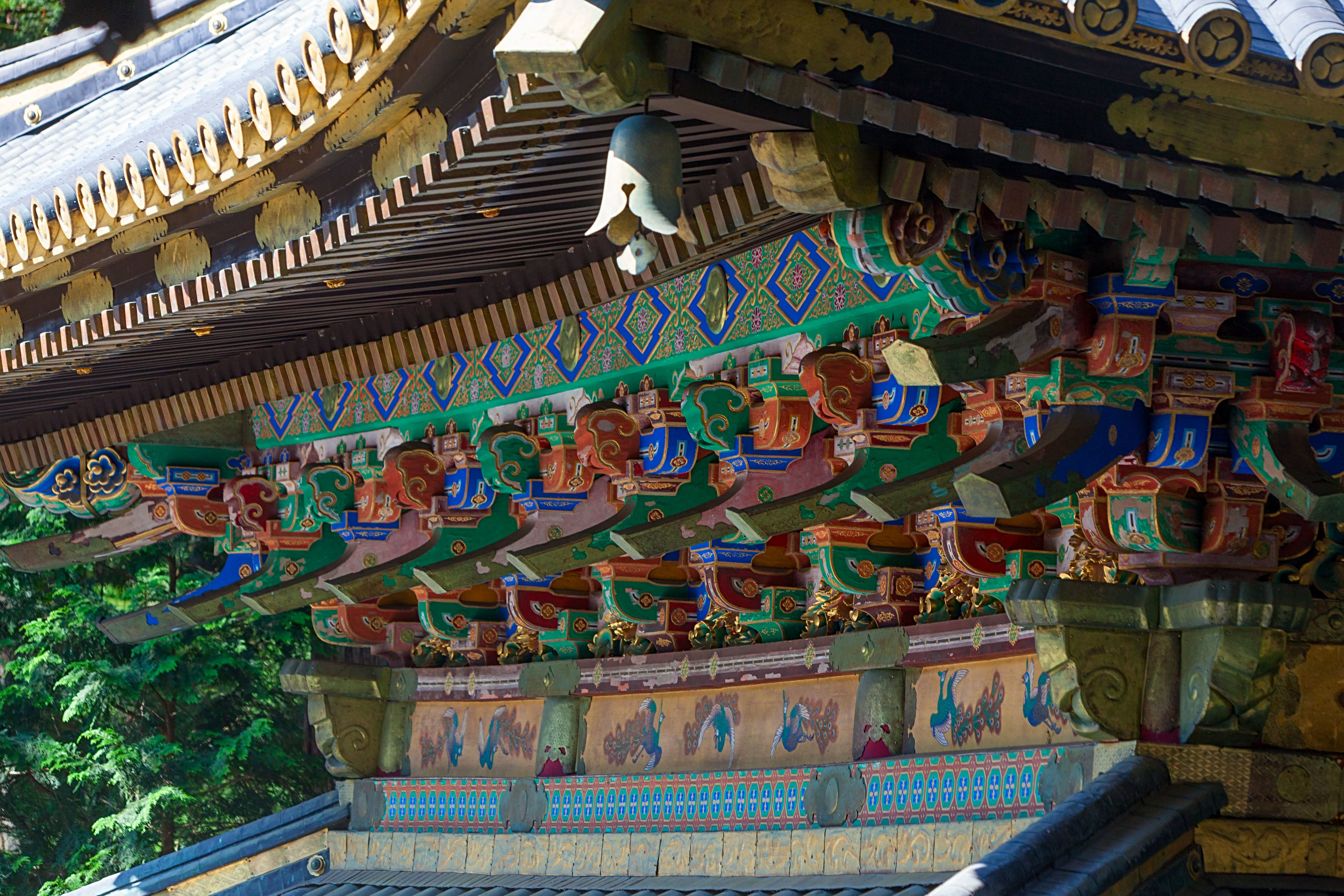
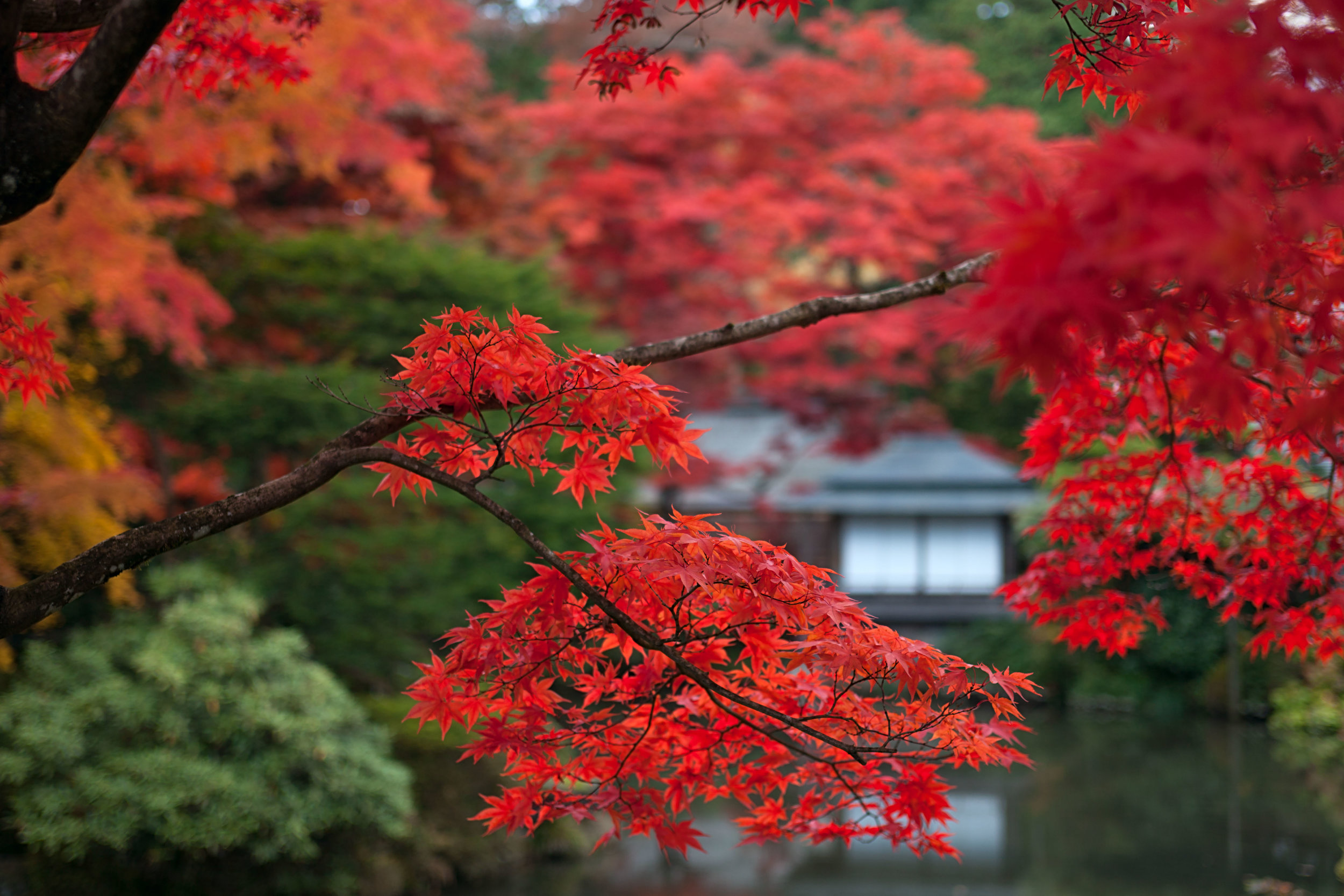
The Nagahama Hikiyama Festival is said to have its origins around the time that Toyotomi Hideyoshi, one of Japan's great warlords, died in Nagahama, a city in Shiga Prefecture.
Huge ornate wooden floats are dragged around the town and at various locations, and boys aged 5 - 12 years old perform so-called "kids kabuki" plays on their elevated platforms.
To view the complete gallery, go here: http://galleries.intsysint.com/Japan/Nagahama/
Many new photographs of some of the impressive modern architecture around Tokyo, especially the Shiodome area.
I've added images to the galleries for Rocky Mountain National Park, Raptors, and others. Want an overview? Visit the galleries index page.
As the sunset fades behind Mt. Fuji some 60 miles distant, the lights come up in Tokyo's western districts of Roppongi and Shibuya.
Dense woodland and rocky outlet to the sea, Jyogasaki Coast [城ヶ崎海岸], Izu Penninsula [伊豆半島], Japan.